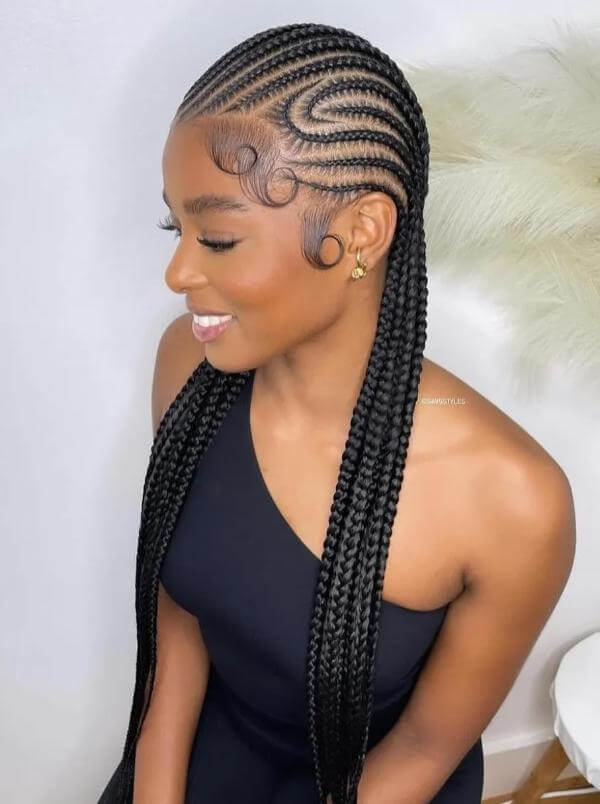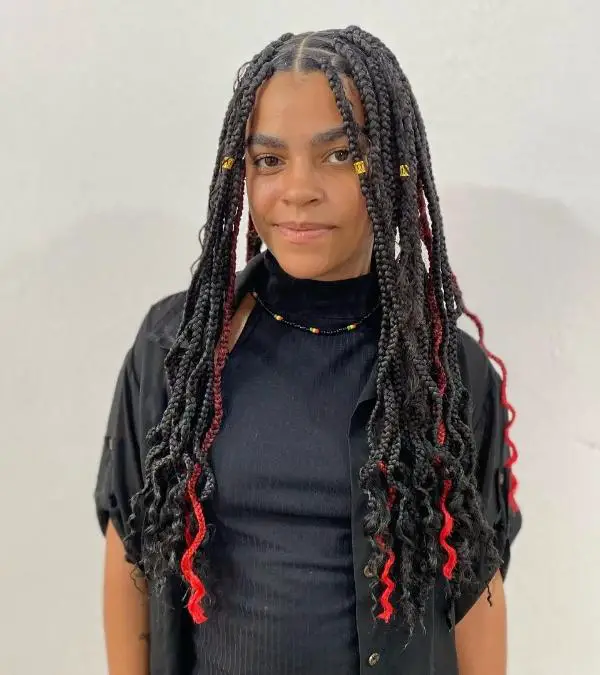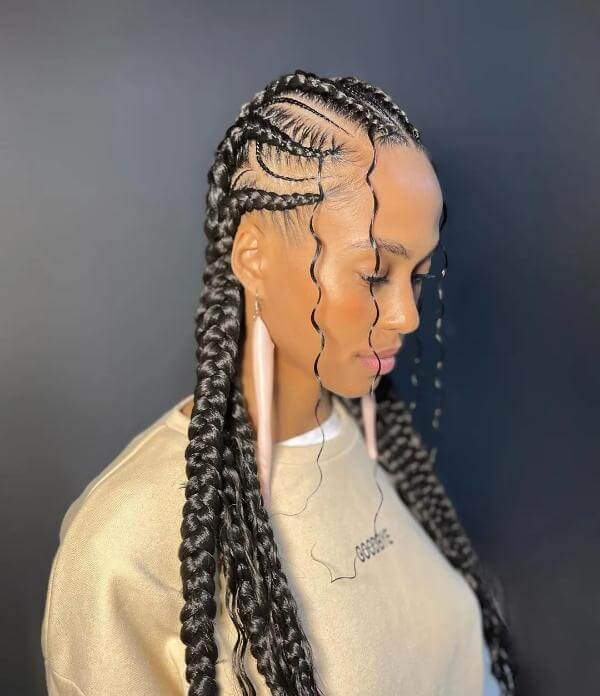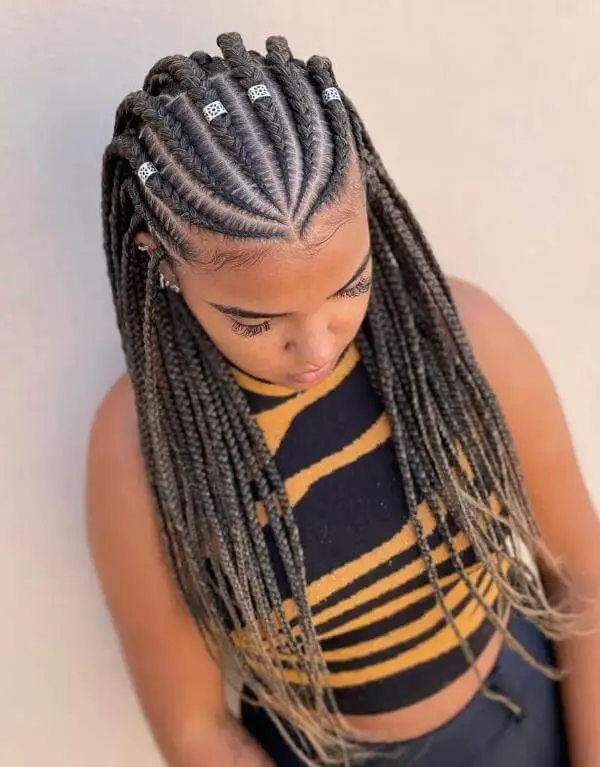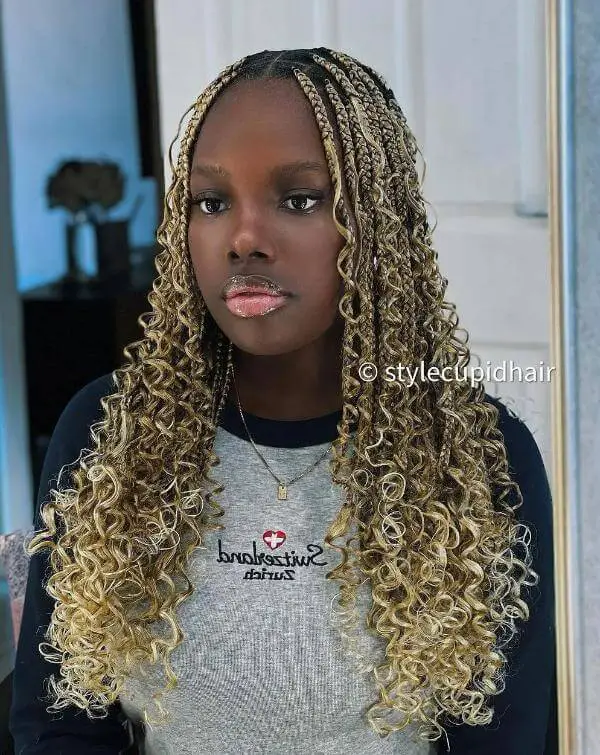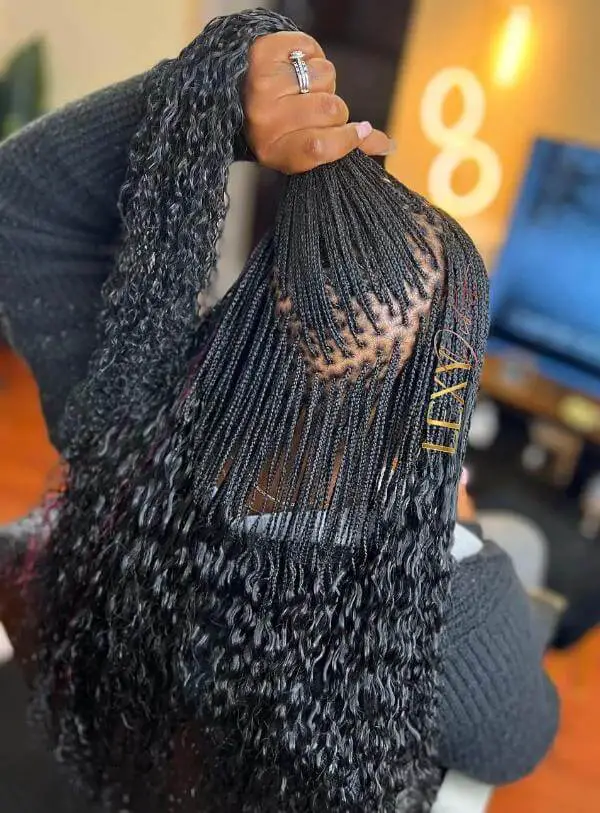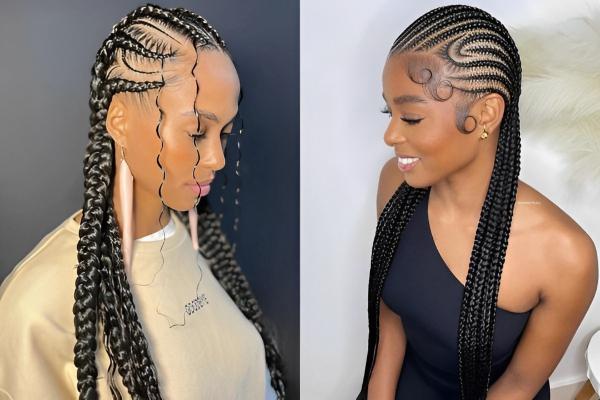
Braids have been a quintessential aspect of African culture for centuries, serving as a versatile and meaningful hairstyle for black women.
These intricate and diverse hairdos are not only a form of personal expression but also a reflection of cultural heritage, social status, and artistic skill.
In this article, we explore the history, significance, and various styles of braids that continue to empower and beautify black women today.
Popular Braid Styles
Cornrows
- Description: Tight, close-to-the-scalp braids that can be styled in straight lines, intricate patterns, or geometric designs.
- Significance: Historically used to signify agricultural knowledge and societal positions, cornrows are now a fashionable and practical choice.
Box Braids
- Description: Individual plaits, usually parted into square-shaped sections, that can be worn long or short.
- Significance: Popularized in the 1990s by celebrities like Janet Jackson, box braids are celebrated for their versatility and low maintenance.
Ghana Braids
- Description: Also known as banana braids or Cherokee cornrows, these braids start small and increase in size as they move back, creating a raised, three-dimensional effect.
- Significance: Originating from West Africa, they are a stylish way to protect natural hair.
Fulani Braids
- Description: Characterized by thin-to-medium-sized braids adorned with beads, shells, and other decorative elements, often with a central braid or cornrow.
- Significance: Named after the Fulani people of West Africa, these braids blend traditional and modern aesthetics.
Goddess Braids
- Description: Larger and thicker than cornrows, often styled in elaborate patterns that can be wrapped or left loose.
- Significance: Emphasize beauty and femininity, making them popular for formal occasions.
Micro Braids
- Description: Extremely small and delicate braids that can create a full, voluminous look.
- Significance: Ideal for those seeking a long-lasting and versatile style.
Modern-Day Relevance
Today, braids have transcended their cultural roots to become a global fashion statement, while still honoring their rich heritage. Celebrities such as Beyoncé, Rihanna, and Lupita Nyong’o have brought braids into the mainstream, showcasing their beauty and versatility on red carpets and magazine covers. Social media platforms like Instagram and YouTube have also played a crucial role in popularizing various braid styles, offering tutorials and inspiration for millions of women worldwide.
Practical Benefits
Braids offer numerous practical benefits for black women. They protect natural hair from environmental damage and reduce the need for daily styling, which can prevent breakage and promote hair growth. Additionally, braided hairstyles can be kept for several weeks, making them a convenient option for those with busy lifestyles.
Historical Significance
Braids date back to around 3500 BC, with the earliest evidence found in Africa. These hairstyles were not merely for aesthetic purposes; they were laden with cultural significance. Different styles, patterns, and accessories could indicate a person’s age, marital status, wealth, religion, and social rank. For example, the intricate braids of the Himba people of Namibia and the cornrows of the Fulani women are steeped in cultural tradition.
Symbolism and Cultural Identity
Braids are a symbol of cultural pride and identity for black women. During the transatlantic slave trade, Africans were forced to abandon their traditional hairstyles, but the resilience of their culture prevailed. Braiding became a clandestine way to retain a connection to their heritage. In modern times, braids continue to serve as a powerful symbol of black identity and resistance against assimilation.
Conclusion
Braids are much more than a hairstyle for black women; they are a profound expression of cultural identity, artistry, and resilience. From their ancient origins to their modern adaptations, braids continue to be a source of empowerment and pride. As the world increasingly recognizes and celebrates the beauty of diversity, the enduring tradition of braids stands as a testament to the rich and vibrant history of black women.




